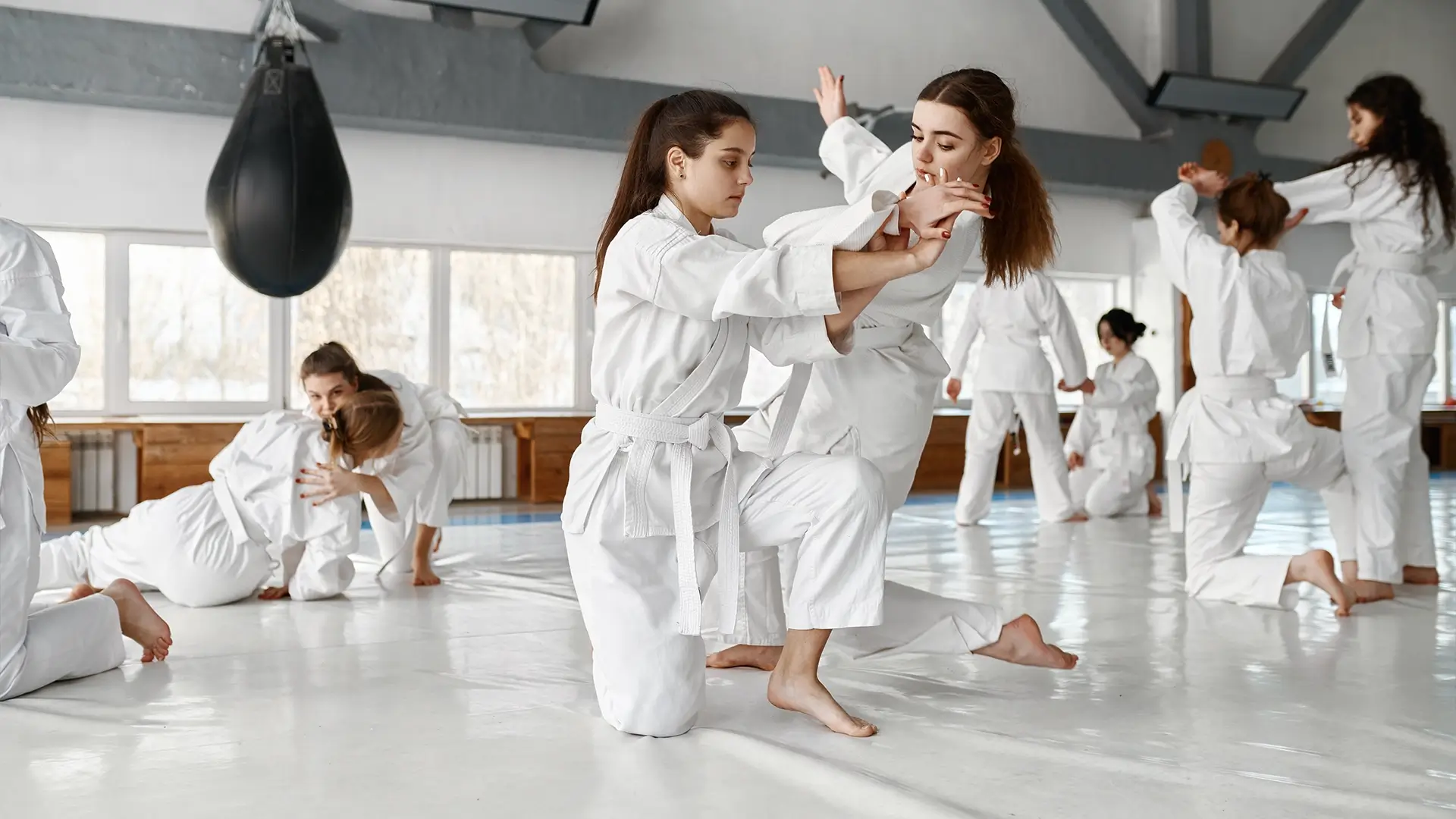Martial arts, with its rich tapestry of traditions and techniques, is a testament to the cultural diversity of our world. Beyond the kicks and punches, each martial art style tells a unique story, reflecting the heritage, philosophy, and values of the society from which it originates. Join us on a captivating journey as we explore martial arts styles from different corners of the globe, appreciating the vast diversity that makes the world of martial arts truly fascinating.
1. Karate (Japan): Karate, meaning “empty hand,” originated in Okinawa, Japan. Focused on striking techniques, it emphasizes discipline, respect, and self-improvement. Practitioners of Karate (karateka) learn kata, a series of choreographed movements, and kumite, sparring against an opponent. This ancient art embodies the Japanese spirit of precision and dedication.
2. Kung Fu (China): Kung Fu, or Wushu, is a collective term for various Chinese martial arts styles. With a history spanning thousands of years, Kung Fu encompasses a wide array of techniques, from graceful, flowing movements to powerful strikes. Deeply rooted in Chinese philosophy and mythology, Kung Fu emphasizes balance, agility, and the harmonious integration of mind and body.
3. Taekwondo (Korea): Taekwondo, the Korean martial art, places a strong emphasis on high, fast kicks and powerful hand techniques. It emphasizes the five tenets: courtesy, integrity, perseverance, self-control, and indomitable spirit. Taekwondo practitioners, known as Taekwondoin, embody the Korean spirit of endurance and determination.
4. Muay Thai (Thailand): Muay Thai, also known as Thai Boxing, is Thailand’s national sport. Renowned for its devastating kicks, punches, elbows, and knee strikes, Muay Thai is a high-intensity martial art. It reflects the Thai cultural values of bravery and honor, and its practitioners, Nak Muay, undergo rigorous training to master the art of eight limbs.
5. Capoeira (Brazil): Capoeira is a Brazilian martial art that incorporates elements of dance, acrobatics, and music. Developed by African slaves in Brazil, Capoeira is characterized by fluid, rhythmic movements and kicks executed to the beat of traditional Brazilian music. Capoeiristas engage in a unique form of non-contact sparring, showcasing the art’s playful and creative essence.
6. Krav Maga (Israel): Krav Maga, developed in Israel, is a practical and efficient self-defense system used by military and law enforcement agencies worldwide. Unlike traditional martial arts, Krav Maga focuses on real-world scenarios and instinctive movements, emphasizing rapid counterattacks and simultaneous defensive techniques. Its essence lies in simplicity, adaptability, and quick response to threats.
As we journey through these diverse martial arts styles, we discover not only the physical techniques but also the cultural narratives and philosophies that shape each art form. Embracing this diversity not only enriches our understanding of martial arts but also fosters a deep respect for the heritage and traditions of different cultures. So, whether you find yourself practicing the precise strikes of Karate, the graceful movements of Kung Fu, or the rhythmic flow of Capoeira, remember that each martial art style carries a unique legacy, connecting us to the rich tapestry of our global community.
